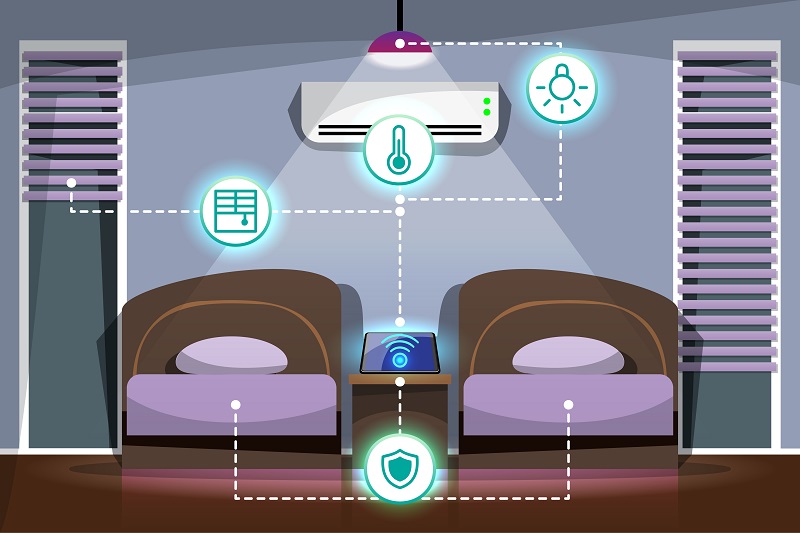Ventilation is one of the factors that directly affects a person’s well-being and productivity. Clean, fresh air in a room, whether it’s an apartment or an office, provides comfort, reduces carbon dioxide levels, and prevents mold. This means the approach to organizing air exchange should be well-thought-out and correspond to specific conditions.
Operating principles and key differences of ventilation systems
Ventilation systems can be centralized and decentralized – these two approaches differ radically both in design and operating logic. Centralized systems involve one unit that distributes and extracts air via a network of connected air ducts. Decentralized systems, on the contrary, consist of separate devices working autonomously in each room.
If any of these options appeal to you, examine the Vents product range. It is one of the leaders in the field of engineering solutions for ventilation. Many years of experience, a diverse array of equipment, and adherence to global energy efficiency standards confirm the brand’s reliability and dedication to ongoing development.
Advantages and disadvantages of centralized and decentralized approaches
Decentralized solutions win in flexibility, while centralized – in scalability. Let’s describe their main benefits and limitations.
Centralized systems:
- provide uniform ventilation over large areas;
- integrate with building management systems for monitoring and control;
- economical when used in large buildings or complexes.
However, they require complex installation and constant maintenance due to the extensive network of air ducts. Even a minor failure in the main unit can impact the functioning of the whole system.
Decentralized solutions:
- greater flexibility, as each unit can be adjusted independently for optimal comfort in individual rooms;
- easier installation, no need for significant modifications;
- lower initial investment.
On the other hand, as the number of rooms grows, the total number of devices rises, leading to an increase in the final price as well. Besides, a more intricate management approach is needed to synchronize operations.
Choosing the right system for residential and commercial properties
For residential buildings, especially during renovation, decentralized devices are most often used. They are compact, easy to operate, and provide effective air exchange without major intervention in the architecture. In new residential complexes and townhouses, it makes sense to incorporate a centralized system. This reduces future costs and ensures comfort at all levels.
As for commercial real estate – office centers, stores, schools, medical institutions – everything depends on the area. For buildings with many rooms and a constant flow of people, a centralized system is preferable. It is controlled from a single center, provides control of air parameters, and integrates with other engineering systems. In small offices or individual offices, it is more reasonable to install decentralized devices – they save time, space, and resources.










Leave a Reply